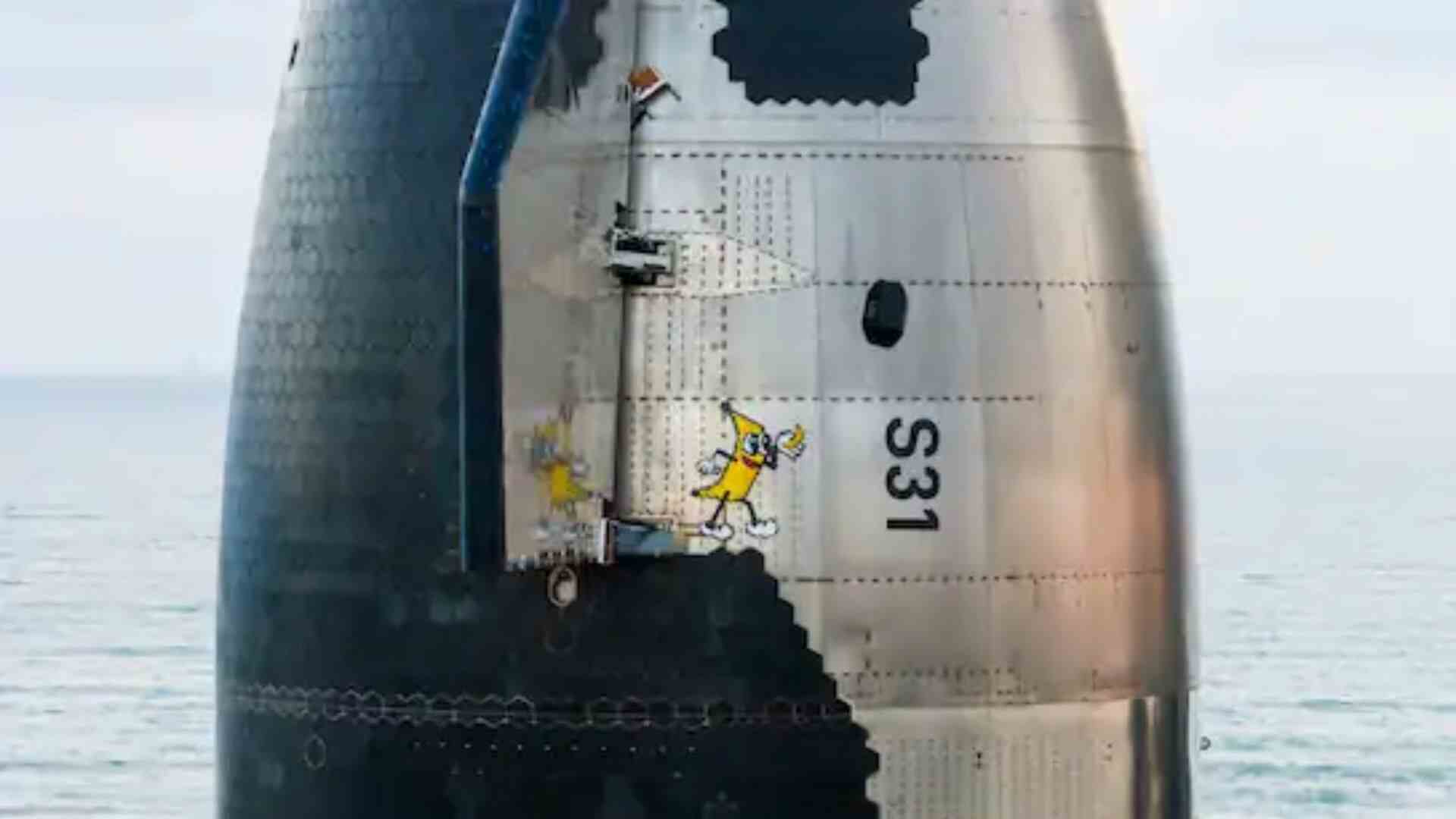
The term Fashion deserves to be acknowledged with deeper understanding besides being an attribute to be in conformity with recent trends and styles. Fashion plays a vital role in building societal perception and clothing trend contributes in evolution of society by setting vital societal trends. India, promoting use of national Khadi is one such example of how crucial fashion is in uplifting society.
Today, the change of fashion with every new season, the easy access to fashion trends through social media together with high impact on consumer behaviour has helped society in making fashion law a distinct field in both legal and commercial world globally. Every Indian dreams of wearing designer clothes, Sabyasachi, Rohit Bal, Anita Dongre, Manish Malhotra and many others, to name a few. The most coveted brands such as ‘Burberry’ ‘Gucci’ , ‘Armani’ ‘Louis Vuitton’, ‘Versace’, ‘Hermes’ have gotten into the minds of people all across the globe, to afford these brands might be a big deal for some but the street markets across the country are thriving on first and second copies of these names leading to piracy or lets say duplicity of goods. The critical analysis stems from the assumption that the production of exclusivity of the fashion behaviour is the fuel that moves piracy. Nevertheless, it is precisely at such point that the legal issues involving the protection of the creative industry of fashion design reside. The designer wear is an intellectual property of the designer and there are not many direct legislations available in our Indian legal system to combat such infringement. In light of the lack of intelligent solutions within an economic scope, the common sense soon resorts to the punitive reinforcement of the criminal sanction to recover the institutional stability of a commercial enterprise.
CRIME IN FASHION INDUSTRY
Fashion piracy happens to be the biggest problem in Indian Fashion industry . The unauthorised copying and duplicity of designer wear which happens to to some one else original work leads to piracy.
Fashion forgery: It is a close copying or imitation of original fashion design, but isn’t exactly identical and is sold under a different label from that of the original designer at a cheaper price than the original one, ripping off their profits by drawing revenue from their work. As it is not an attempt to pass the original product, it is not illegal, but if a person proves that the resemblance is close to deceive a person, an action can be brought against it. Forever 21 and Zara are the mainstream examples for Knock off products.
Brand counterfeiting: Brand Counterfeiting is the illegal activity of making and selling an identical copying or imitation of the original product at a cheaper price than the original product, with an intention to infringe the Trademark of the Original designer. Counterfeiting is illegal and millions are spent on litigation by the government and designers to restrict the sale of these products. Louis Vuitton, Chanel, Coach, Gucci, Adidas, have all won judgments in million dollars litigation against the people selling counterfeits of their original designs and products which have caused a loss in revenue to them. Major fashion markets where brand counterfeiting is common are Canal street in New York, Meena Bazaar in Dubai, Linking road in Mumbai, etc. The most common side-effect of counterfeiting is that companies take a hit to their reputation. Since many customers are unaware that the product in their hands is a fake, when the knock-off item fails to work correctly, or it falls apart quickly, or it doesn’t meet their expectations, then the customer will blame the authentic company. According to a research Global Business Survey of 2018, 47% brand are losing their revenues because of counterfeiting alone and one in every three brand faces losses of 10% of their revenue due to these fraudulent activities of infringers.
Product counterfeiting: Product counterfeiting is manufacturing fake or making unauthorised replicas of real product. They are usually done to ruin the commercial value attached to the original product. It has become a massive market today, no good brand it left being copied. The founder of brand Chanel once said ‘if you are good, you will be copied’. World customs organisation in the year 2017 estimated that product counterfeiting caused an approximate loss of $512 billion in sales to various designers in toto as a lot of money is put in its production.
INDIAN INTELLECTUAL PROPERTY RIGHT LAW ON FASHION TRENDS
Intellectual Property laws and Fashion are two words wedded to each other, both manifesting creativity and innovation and promoting economic growth. Thus one may notice the huge correlation between the fashion on one hand and Intellectual Property Rights on the other. The plethora of laws namely the Patent Act, Trademark Act, Copyright Act, Designs Act and Geographical Indication of Goods Act seeks to protect the intellectual property rights related to creations of the fashion industry.
UNDER THE LAW OF PATENTS
Patent grants exclusive rights for invention of a product which has a new way to do something or wear something or gives a technical solution behind a problem. Patent can be granted as design patent, utility patent or even plant patent to a person willing to do something extra ordinary with shoes, fibre or textile or anything of utility to the the fashion Industry. Patents are generally granted for a novel invention for the use of public. Bert Rubinsky, CEO of Medical Grade Inventions has been issued Patent by the United States Patent and Trademark Office for using fabric with antimicrobial properties in the year 2013. In India, Orissa’s unique Kotpad tribal textile designs to be patented soon.
UNDER THE TRADEMARKS ACT, 1999
Trademarks is a sign or a mark which enables to distinguish one good from that of the other. It also includes other forms of mark such as certification marks, collective marks and labels. Trademark identifies the product and its origin, guarantees quality of the product, advertises the product and creates goodwill for the product in the market. Trademark law also helps to make distinguish from genuine products to that of the copied products.Section 2(zb) of the Trademark Act, 1999, defines Trademark as a mark capable of being represented graphically and distinguishing the goods and services of one person from another and may include the shape of goods, their packaging and combination of colours. Section 2(1)(m) of the Trademarks Act, 1999 says that a trademark can includes a device, brand, heading, label, ticket, name, signature, word, letter, numeral, shape of goods, packaging or combination of colours or any combination thereof. This definition of mark indirectly puts Fashion under the ambit of not just Designs Act but also Trademarks Act. A trademark can be any word, name, symbol, design or any colour combination thereof, used in commerce to distinguish and identify goods.
For Example, the Trademark of “Nike” along with the “distinctive just do it logo ” identifies the garments and sports shoes made by nike and distinguish them from other shows and garments by other companies. In the landmark judgement of Louis Vuitton Malletier v. Atul Jaggi and another, the Delhi High Court restrained the defendants for infringing and passing off their famous trademarks “LOUIS VUITTION” and “LV” by using identical marks and granted damages.
Very recently in the case of Hermes International & Anr. Vs. Riyaaz Nasruddin Amlani & Ors. , the internationally famous French brand Hermes recently filed for a permanent injunction in the Delhi High Court against a restaurant named Social Goregaon, situated in Mumbai, for restraining the defendants from infringing the trademarks and copyright of the trademarks “Hermes”, “duc-carriage with horse logo” and copyright in the photographs of its advertising campaigns and trade dress in its “Evelyne Bag” for preventing the defendants from disparaging and tarnishing the said plaintiff›s trademark. The court made the judgement in favour of the petitioner for due infringement of trademark.
UNDER GEOGRAPHICAL INDICATION ACT, 1999
Geographical Indications of Goods are defined as that aspect of industrial property which refers to the geographical indication referring to a country or to a place situated therein as being the country or place of origin of that product. The Fourth schedule of the Geographical Indication Act provides for a classification of the goods protectable under the Act. Noting India’s diversity in traditional knowledge and other indigenous art forms, the current regime is protected under the Geographical Indication Act, 1999.
Till now about, 20 kinds of GI’s have been registered in respect of textiles in India like Moga silk from Chennai, Kasturi Embroidery from Karnataka, Kutch Embroidery from Gujarat, Madhubani Print from Bihar etc.
UNDER THE DESIGNS ACT, 2000
Under Section 11 of the Designs Act, a registered design is copyrighted for a period of 10 years from the date of registration of the design. The copyright protection can be further extended for five years. Piracy of a registered design is prohibited under section 22 of the Designs Act – this makes it unlawful for a person to apply the registered design or any “fraudulent of obvious imitation” of the design to any class of articles in respect of which the design has been registered. A person who knowingly facilitates the sale of an article which bears a pirated design is also liable for piracy of the design. This means that retailers who consciously sell articles containing pirated designs can also be punished under the Designs Act. Also under the Designs Act, designs which are applied to a specific class of articles (including garments) can be registered. A design must be registered for a particular class of articles as enumerated in the Third Schedule of the Designs Rules, 2001. ‘Articles of clothes and haberdashery’ fall in Class 02 under the Designs Rules.
There are two kinds of designs are conceivable in clothes, namely, a drawing applied on any garment and the shape/design of the clothes. An example of the first kind of design is a coat which bears the words, ‘I am lazy’ printed on the front. The shape of the coat may be commonplace such as a typical collared neck long coat.
UNDER THE COPYRIGHTS ACT, 1957
Section 2(c) of Copyright Act, 1957, refers to a painting, sculpture, drawing (including map, diagram or a chart plan), an engraving of a photograph, work of an architecture any other work of artistic craftsmanship. Copyright protects the design work of the designer. Lifetime and 60 years thereafter is the term of protection granted to a copyright owner for his original artistic work under the Act. The Copyright Act and Design Act overlap each other on the issue of design protection. According to section 15(1) of the Copyright Act, protection under the Copyright Act is not applicable to designs which are registered under the Design Act. Therefore once, a clothes design is registered under the Designs Act, the Copyright Act will not apply to it and work will enjoy protection under the Designs Act. But lets say, if a design, which is capable of being registered under the Designs Act, has not been registered, it will be protected under section 15(2) of the Copyright Act; however, the copyright protection will immediately expire on such design, if the design has been reproduced on more than 50 articles by any industrial process.
In the landmark case of In Ritika Private Ltd vs. BIBA apparels private ltd., The court gave its decision in favour of Biba Apparels due to the above loophole in our IPR laws as Ritika Pvt ltd had not got its designs copyrighted after their 50 reproduction of the designs expired. The court also made a distinction between designs eligible for copyright protection under the Copyright Act, 1957 and the Designs Act,2000. It held that copyright protects the original expression of the “artistic work” and offers limited protection to the commercial exploitation of the same, whereas the Designs Act is the chief tool to protect industrial application of the design, however the design need not to be always original.
Similar thing followed in the much popular case of Microfibres v Girdhar, both parties were engaged in the business of upholstery fabrics. The single judge held that the designs of Girdhar were a substantial reproduction of the Microfibres’ artistic works. However, the Copyright protection to the same had ceased because of the applicability of section 15(2) of the Copyrights Act, 1957. They had been reproduced more than 50 times through an industrial process by Microfibre. And since, Microfibres had not sought registration under the Designs Act, the designs were unprotected by the IP regime. This law has been a bad law and needs to amended with immediate affect as with growing population and awareness of fashion, a limit of 50 replicas is very less.
The designer, Rohit Bal in 2017 was the first designer in India to copyright his entire collection, which was later on followed by other prominent fashion designers, Anju Modi and Anita Dongre, soon followed suit and copyrighted their entire collection ahead of Fashion Design Council of India’s (FDCI) ‘India Couture Week’ of year 2017.
RECOMMENDATIONS
In recent times, even Indian fashion designers have become vigilant with respect to their Intellectual Properties, like their designs, brand trademark etc. they have started taking steps against infringers of their original work. With the rising awareness of Intellectual Property Rights, designers are getting open to registering their work. It is very important to make the counterfeiters aware of what wrong they are causing to the original designers.The Fashion Foundation of India is doing extra ordinary work in protecting the rights of designers against piracy. Stricter and well defined laws are needed to combat the problem of crime in Fashion Industry in our country as Intellectual property laws are itself something new probably the Indian criminal legislations should take up this issue.A law exclusively for fashion designers’ IPR can also clarify the murky issues in design piracy and infringement of fashion designs relating to clothes.
Not just that even designers and textile businessman are supposed to be told where they go wrong and how they should strategies their work accordingly. Purchasers of the pirated goods should also be made liable along with the sellers, France has similar laws where even the person who consumes pirated goods is punished. The infringers should not just be imposed with fine but also with imprisonment as a penalty. Socio legal groups should step up and volunteer for making designers, small and big scale artisans and businessman aware of their rights and ownership. The concept of brand licensing should be promoted amongst the designers, it is the process wherein a registered proprietor of a trademark authorises a third party to use the mark in the course of trade without transferring the ownership of the mark. The licensing of the trademark allows the registered proprietor to let others use the mark without assigning the ownership of the mark. The proprietor can also put other limitations on the use of the mark through the terms that he puts into the licensing agreement. For example, the proprietor may license a trademark to be used for only particular goods and services. Another aspect to aid this process would be to add specific need based curriculums on fashion laws at law schools in India just like that at Fordham Law School, world’s first Fashion law Institute working in America.















